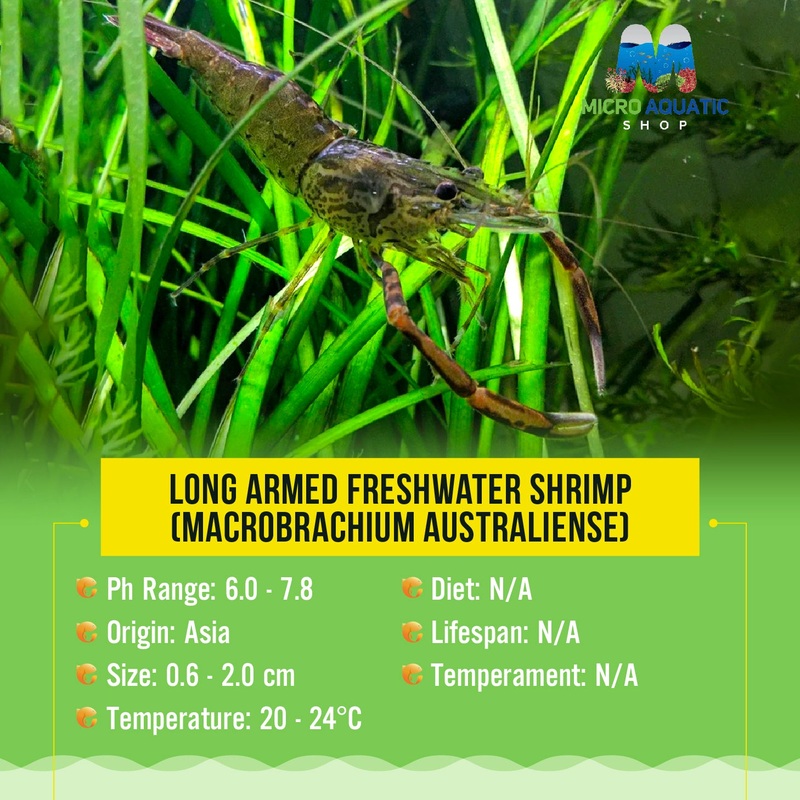 Sale!
Sale! Long Armed Freshwater Shrimp (Macrobrachium Australiense)
- $22.99
- $18.39
Long Armed Freshwater Shrimp (Macrobrachium Australiense) - Unique Aquarium ShrimpG'day, mates! If you're into freshwater aquariums, you might know the Macrobrachium Australiense. This Aussie species is gaining popularity fast. Their long arms and interest
- 100% Happiness Backed or Your Money Back
- Free Delivery on 30+ Orders
- 60-Day Hassle-Free Returns
Long Armed Freshwater Shrimp (Macrobrachium Australiense) – Unique Aquarium Shrimp
G’day, mates! If you’re into freshwater aquariums, you might know the Macrobrachium Australiense. This Aussie species is gaining popularity fast. Their long arms and interesting behaviour make them a great addition to any tank.
Amano shrimp with mottled brown patterns, climbing through lush green aquarium plants.
Found in eastern Australia’s rivers and streams, these shrimp are a local treasure. They’re perfect for both new and seasoned aquarium fans. Their hardiness and adaptability make them a top pick.
Key Takeaways
- The Macrobrachium Australiense is a unique freshwater shrimp native to eastern Australia
- These long armed shrimp are hardy and adaptable, making them a great choice for aquariums
- Their distinctive appearance and intriguing behaviours make them a popular addition to home aquatic setups
- Learning about the Macrobrachium australiense’s natural habitat and care requirements is key to successfully keeping these Aussie freshwater prawns
- With proper setup and management, the Long Armed Freshwater Shrimp can thrive in captivity and provide endless entertainment for aquarium hobbyists
Understanding the Long Armed Freshwater Shrimp, Macrobrachium Australiense
The long-armed freshwater shrimp, Macrobrachium Australiense, belong to the decapoda crustacean family and the palaemonidae group. They are a unique aquatic invertebrate found in Australia’s waterways. These endemic species have distinct physical traits and interesting behaviours in their natural habitats.
Physical Characteristics and Size
The long-armed freshwater shrimp can grow up to 10 centimetres long. Their most notable feature is their long, muscular claws. These claws help them catch prey and are important in mating and territorial fights.
Their bodies are usually translucent, with a delicate look. They can be pale green to brown, depending on where they live.
Natural Habitat Distribution
The Macrobrachium Australiense lives in various freshwater places in Australia. This includes rivers, streams, lakes, and some coastal estuaries. They like areas with fast-moving water, where they can hide and find food.
Behavioural Traits in the Wild
In the wild, these shrimp show many interesting behaviours. They live in small groups and work together, like when they eat or defend their territory. Their quick movements and sharp senses help them avoid danger.
They use their strong claws for hunting and protecting themselves.
Setting Up the Perfect Aquarium Environment
Creating the right home for our Long Armed Freshwater Shrimp, Macrobrachium Australiense, is key. We’ll show you how to make a great space for these amazing crustaceans.
Tank Size and Dimensions
The tank size is very important for your shrimp’s happiness. A 20-gallon (75-litre) tank is a good start for one adult shrimp. It gives them room to move and play.
Australian long-armed freshwater shrimp (*Macrobrachium australiense*) with distinctive claws, exploring a planted aquarium with sandy substrate and driftwood.
Water Chemistry and Parameters
Keeping the water quality right is crucial for your shrimp. They like a pH of 7.0-8.0, a temperature of 22-26C, and water hardness of 6-12 dGH. Test the water often and change it a bit to keep it perfect.
Substrate and Dcor
- Use soft, natural substrate like fine gravel or sand for burrowing.
- Include hiding spots like rock crevices, driftwood, and plants for safety.
- Make sure there’s a gentle water flow for good oxygen.
Essential Equipment
- A good filter system to keep the water clean.
- A reliable heater to keep the water at the right temperature.
- A water test kit to check pH, ammonia, nitrites, and nitrates.
- A siphon and gravel vacuum for water changes.
By setting up a great aquarium, you’ll make a happy home for your Long Armed Freshwater Shrimp. With the right tank and water, you’ll enjoy watching them thrive.
Dietary Requirements and Feeding Habits
Macrobrachium Australiense, being omnivorous freshwater shrimp, eat a wide range of foods. In their natural home, they enjoy plants, small animals, and even decaying matter. Knowing what they like to eat is key to keeping them healthy in an aquarium.
Natural Diet Preferences
In the wild, these shrimp eat both plants and animals. Their diet includes:
- Aquatic plants and algae
- Small invertebrates like insect larvae, crustaceans, and mollusks
- Decomposing organic matter and detritus
Recommended Commercial Foods
For aquarium feeding, a variety of high-quality foods is best. Some good choices are:
- Sinking shrimp pellets or granules for freshwater shrimp
- Algae-based wafers or discs
- Frozen or freeze-dried foods like brine shrimp, daphnia, or bloodworms
- Blanched and finely chopped vegetables like zucchini, spinach, or cucumber
Feeding Schedule and Quantities
Feeding them regularly and in the right amounts is crucial. Here’s a basic guide:
- Feed the shrimp 2-3 times a day, only as much as they can eat in a few minutes
- Avoid overfeeding to keep the water clean
- Give them fresh veggies or high-quality foods as treats sometimes
| Food Type | Feeding Frequency | Portion Size |
| Shrimp Pellets/Granules | 2-3 times per day | Only what they can consume in a few minutes |
| Algae Wafers/Discs | 2-3 times per week | 1-2 wafers per feeding |
| Frozen/Freeze-Dried Foods | 1-2 times per week | A small pinch or a few pieces |
| Blanched Vegetables | 1-2 times per week | Small, bite-sized pieces |
By understanding the Macrobrachium Australiense’s diet and feeding habits, we can help them thrive in captivity. This ensures they get the right omnivorous diet, aquarium feeding, shrimp nutrition, and food variety.
Breeding and Population Management
To grow a healthy population of Macrobrachium Australiense, we need to know how they breed and live together. Learning how to breed shrimp helps us keep them thriving in our tanks.
The breeding starts with a dance, where males try to win over females. After mating, the female shrimp takes care of her eggs. She keeps them safe and oxygen-rich until they hatch.
Larval Development
The larval stage is key for Macrobrachium Australiense. They go through many changes, growing from tiny larvae to adult shrimp. It’s important to have the right breeding conditions and support for larval development to help them survive.
Population Control
- Keep an eye on shrimp breeding and adjust the tank’s population to keep it balanced.
- Introduce predators or carefully remove shrimp to control the population and avoid overcrowding.
- Take out extra shrimp or share them with others to prevent competition and resource use.
By understanding Macrobrachium Australiense’s breeding and population management, we can create thriving colonies in our tanks. This ensures we can enjoy these fascinating freshwater shrimp for a long time.
Common Health Issues and Prevention
Keeping our long-armed freshwater shrimp (Macrobrachium Australiense) healthy is key to being a good aquarium owner. They can get sick just like any other pet. We need to watch them closely and take care of them well. Let’s look at common health problems, how to treat them, and how to prevent them.
Disease Recognition and Treatment
Shrimp diseases include bacterial infections, fungal growths, and parasites. Spotting these early is crucial. Signs like color changes, being tired, or acting strange mean it’s time to act. Talking to a vet or an expert can help us find the right treatment.
Water Quality Management
Good water quality is vital for shrimp health. We must test and check the water often. This includes pH, temperature, and ammonia levels. Keeping the water clean and stable helps our shrimp stay healthy.
Stress Prevention Techniques
- Give them plenty of places to hide and natural decorations for security.
- Don’t change the water or environment too much to avoid stress.
- Minimize handling and disturbances to keep stress low.
- Feed them a balanced diet to keep them strong.
Knowing about health issues, treating them right, and preventing them is important. With the right care, our shrimp can live happily in our aquariums. This way, we can enjoy their beauty and interesting behaviors for a long time.
Conclusion
The Long Armed Freshwater Shrimp, or Macrobrachium Australiense, is a standout in the aquarium world. It’s an Australian native that brings many benefits to your freshwater aquarium. It’s perfect for those wanting a natural and thriving underwater environment at home.
Australian freshwater shrimp (*Macrobrachium australiense*) with a translucent body and long antennae, resting among aquarium plants.
This shrimp’s striking looks and interesting behaviour make it a hit with aquarium fans. With proper care, it can make your aquarium a stunning and diverse place. It adds natural beauty and life to your underwater world.
If you’re into aquarium hobbyist or just starting, think about getting the Long Armed Freshwater Shrimp. It’s tough, colourful, and fun to watch. It’s a great pick for showing off an Australian native species in your freshwater ecosystem. Let this amazing crustacean be the star of your aquarium journey.
FAQ
What is the Long Armed Freshwater Shrimp (Macrobrachium Australiense)?
The Long Armed Freshwater Shrimp, also known as the Australian River Shrimp, is a unique crustacean found in Australia’s freshwater. It belongs to the Palaemonidae family. It’s a fascinating addition to any freshwater aquarium.
What are the distinctive features of the Long Armed Freshwater Shrimp?
The Long Armed Freshwater Shrimp is known for its long, slender limbs and elongated body. They can grow up to 10 cm long. They come in colours like brown, grey, and transparent.
Where can we find the Long Armed Freshwater Shrimp in the wild?
This species is found in eastern Australia’s fresh, slow-moving rivers and streams. They are found from Queensland to Victoria. They thrive in these environments, playing a key role in the ecosystem.
How do Long Armed Freshwater Shrimp behave in their natural habitat?
In the wild, they are active and social, forming small colonies. They are omnivorous, eating aquatic plants, algae, and small invertebrates. Their long arms help them move and catch prey.
What are the essential requirements for setting up a successful Long Armed Freshwater Shrimp aquarium?
To create a good habitat for them in captivity, mimic their natural environment. This means a spacious tank with gentle water flow, the right substrate, and hiding places. Keeping water parameters stable is also crucial for their health.
What should we feed Long Armed Freshwater Shrimp in an aquarium?
As omnivores, they need a varied diet. In the aquarium, feed them sinking pellets, algae wafers, blanched vegetables, and occasional protein like brine shrimp or bloodworms. Feed them in moderation and keep a regular feeding schedule.
Can we breed Long Armed Freshwater Shrimp in captivity?
Yes, breeding them in aquariums is possible but challenging. It requires specific water conditions, enough space, and both male and female shrimp. The larvae go through a complex stage before becoming juvenile shrimp, so close monitoring is essential.
What are some common health issues that can affect Long Armed Freshwater Shrimp in aquariums?
They can face health issues like bacterial infections, parasites, and water quality problems. Keeping water parameters optimal, avoiding overcrowding, and reducing stress are key. Quick identification and treatment of health issues are vital for their wellbeing.
Cost:
$25
Free Shipping:
We offer free shipping on orders over $30. Please check the free - shipping eligibility at checkout.
Delivery Time:
It usually takes [3-5] business days for standard shipping. Please note that this is an estimated time frame and may be affected by local holidays, and unforeseen circumstances.


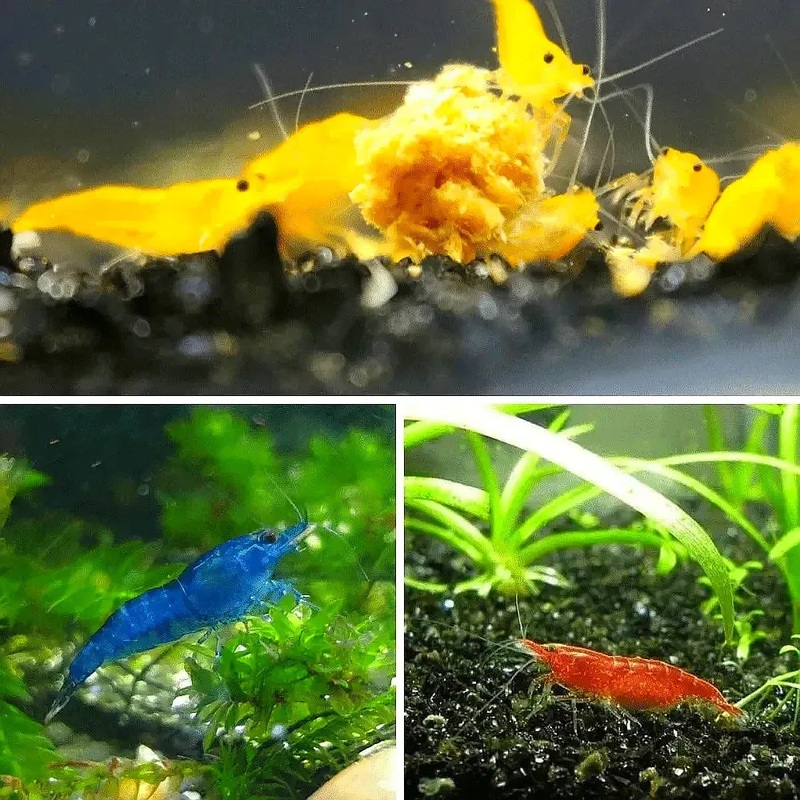
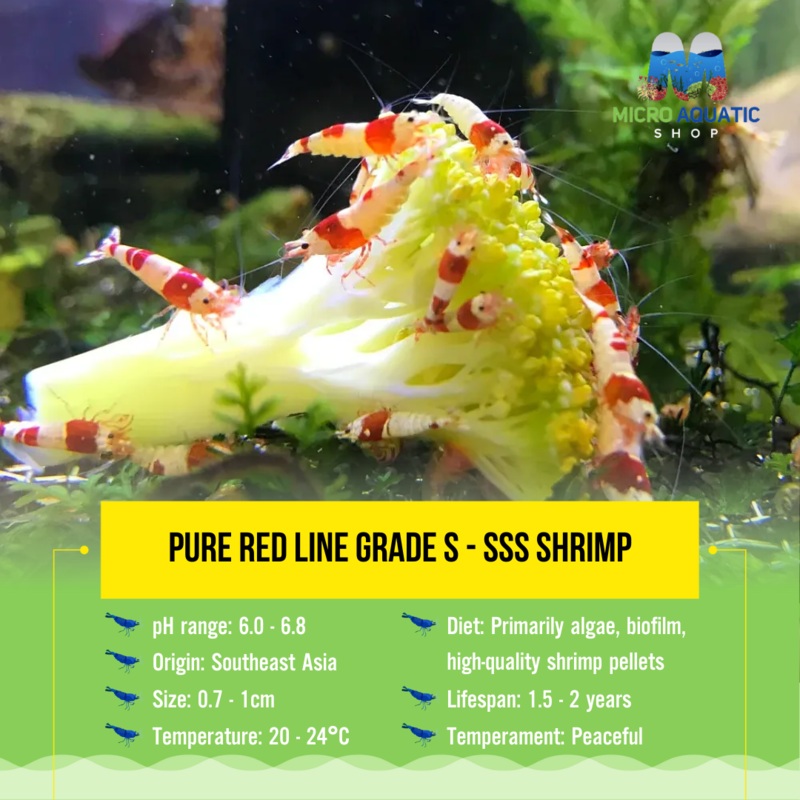
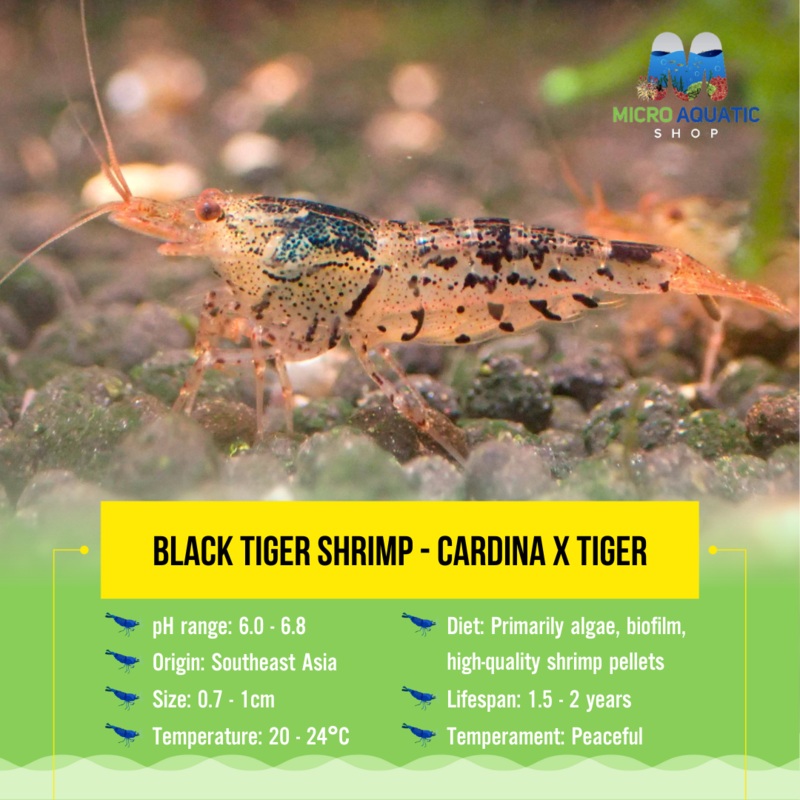
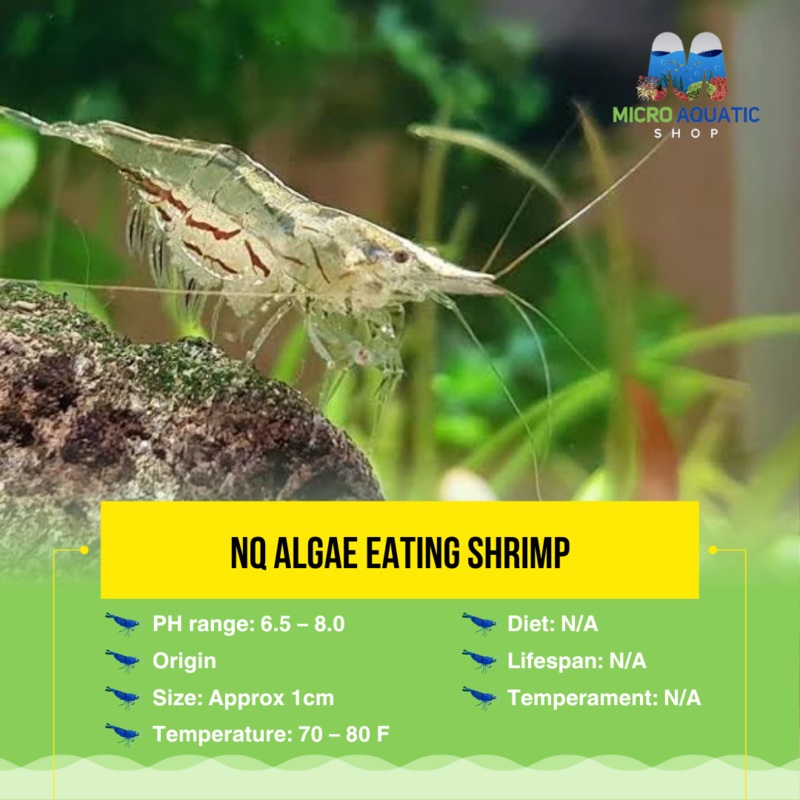
Reviews
There are no reviews yet.